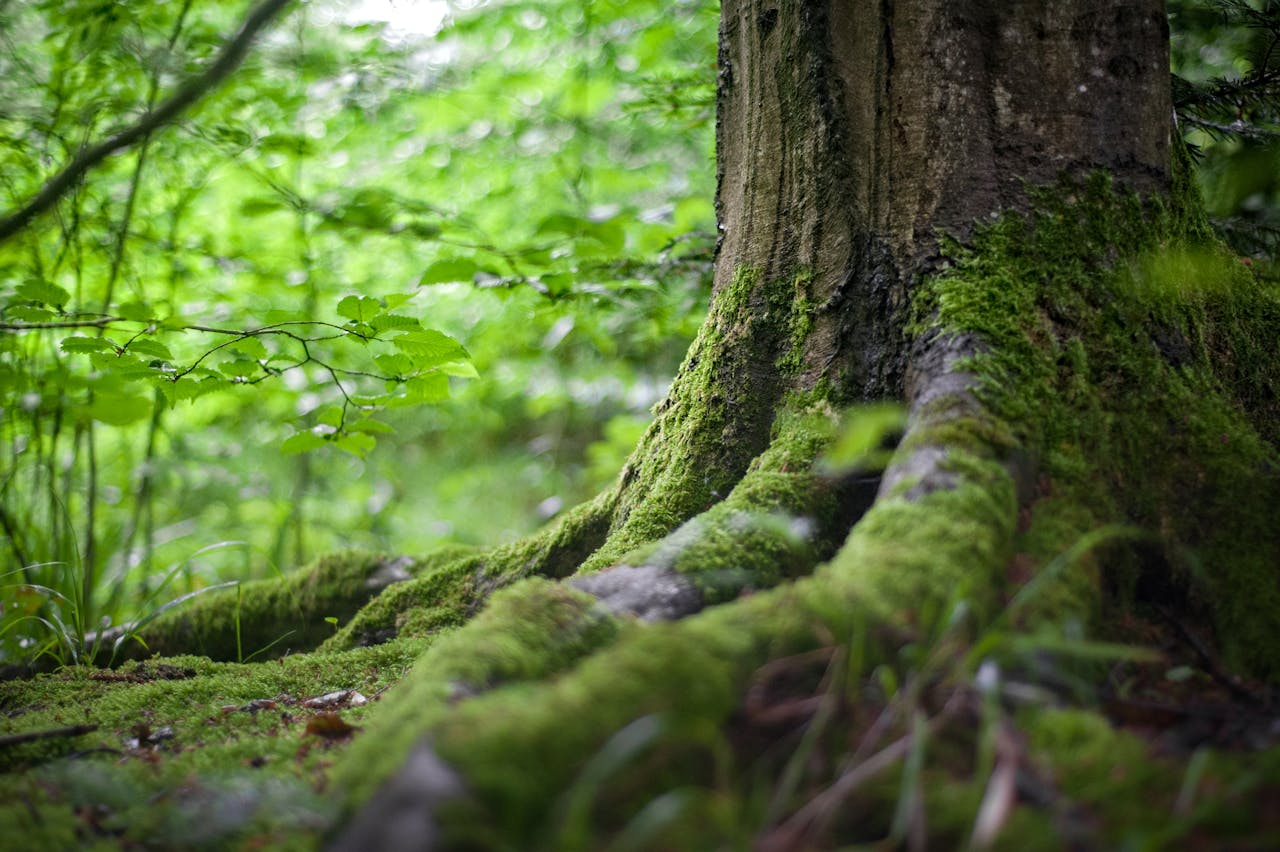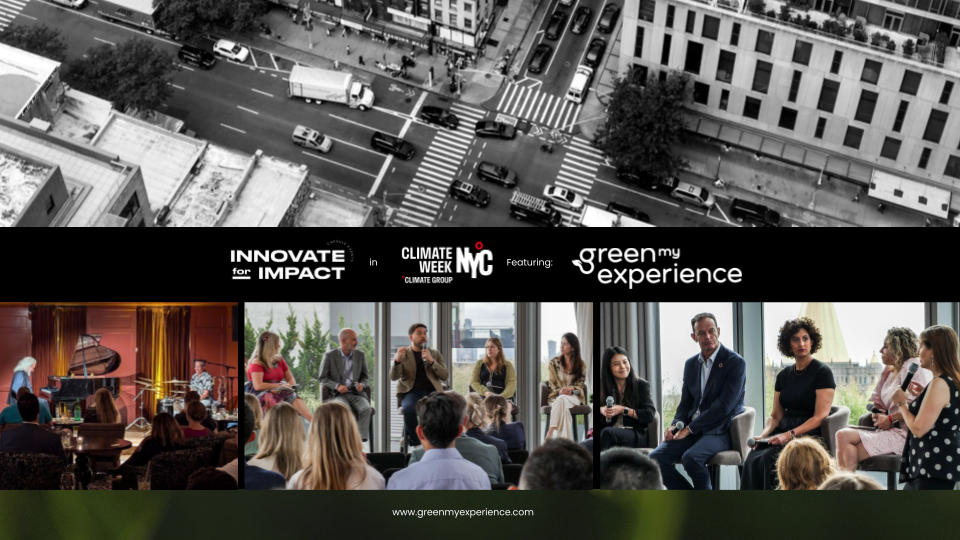Ecosystem restoration is essential for preserving biodiversity, mitigating climate change, and ensuring the well-being of both people and the planet. While planting trees is often a focal point of restoration efforts, true ecosystem restoration goes beyond just reforestation. In this blog post, we’ll explore the broader concept of ecosystem restoration and the diverse strategies and approaches involved in restoring ecosystems to their natural balance.
Understanding Ecosystem Restoration:
Ecosystem restoration involves the rehabilitation of degraded or destroyed ecosystems to their original state or a state that is sustainable and resilient. This process aims to revive ecosystem functions, enhance biodiversity, and improve ecosystem services such as clean water, air quality, and carbon sequestration.
Beyond Planting Trees: Diverse Restoration Strategies
1.Habitat Restoration:
Restoring natural habitats such as wetlands, grasslands, and coral reefs is crucial for preserving biodiversity and supporting the health of ecosystems. This may involve removing invasive species, reintroducing native flora and fauna, and restoring hydrological processes to create suitable habitat conditions.
2.Soil Restoration:
Healthy soils are essential for supporting plant growth, storing carbon, and regulating water cycles. Soil restoration efforts focus on improving soil fertility, structure, and biodiversity through practices such as cover cropping, crop rotation, and organic amendments.
3.Water Restoration:
Clean water is essential for sustaining life and supporting ecosystem functions. Water restoration efforts aim to improve water quality, restore aquatic habitats, and enhance freshwater ecosystems through measures such as riparian buffer zones, wetland restoration, and stormwater management.
4.Urban Restoration:
Urban areas present unique challenges for ecosystem restoration due to extensive development and pollution. Urban restoration focuses on greening cities, enhancing urban biodiversity, and creating green spaces such as parks, green roofs, and urban gardens to improve air quality, reduce heat island effects, and provide habitat for wildlife.
5. Marine Restoration:
Marine ecosystems such as coral reefs, mangroves, and seagrass beds are vital for supporting marine biodiversity and providing essential ecosystem services. Marine restoration efforts aim to restore degraded marine habitats, reduce pollution, and protect vulnerable marine species through measures such as coral reef restoration, mangrove reforestation, and marine protected areas.
Restoring ecosystems is critical for preserving biodiversity, mitigating climate change, and ensuring the health and well-being of communities around the world. While planting trees is an important component of ecosystem restoration, it is just one part of a larger and more diverse set of restoration strategies. By embracing a holistic approach to ecosystem restoration that addresses the unique needs of each ecosystem, we can work together to restore our planet’s natural balance and create a more sustainable and resilient future for generations to come.





